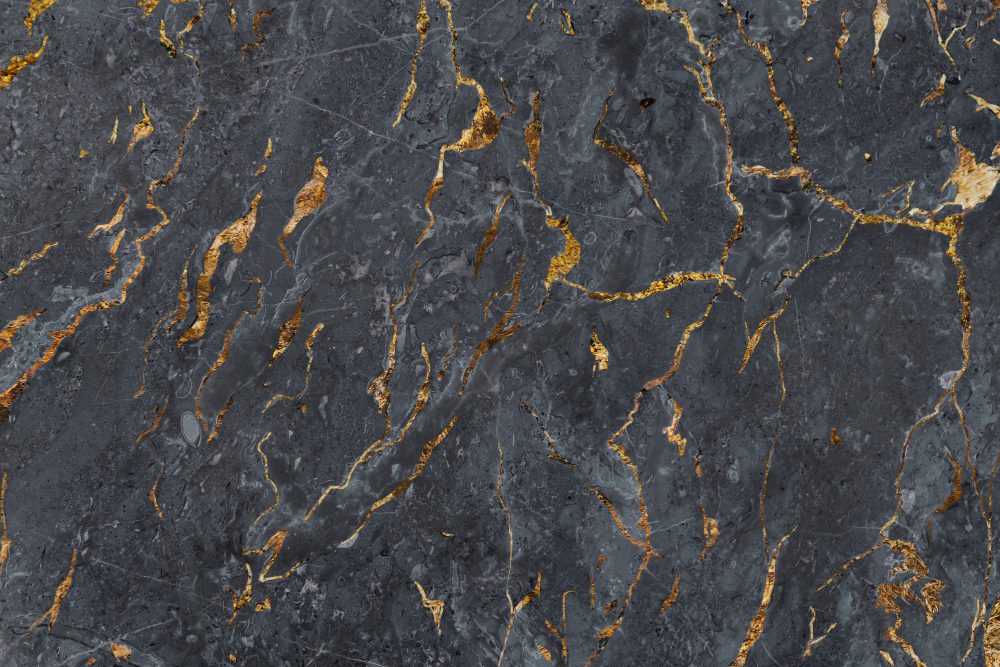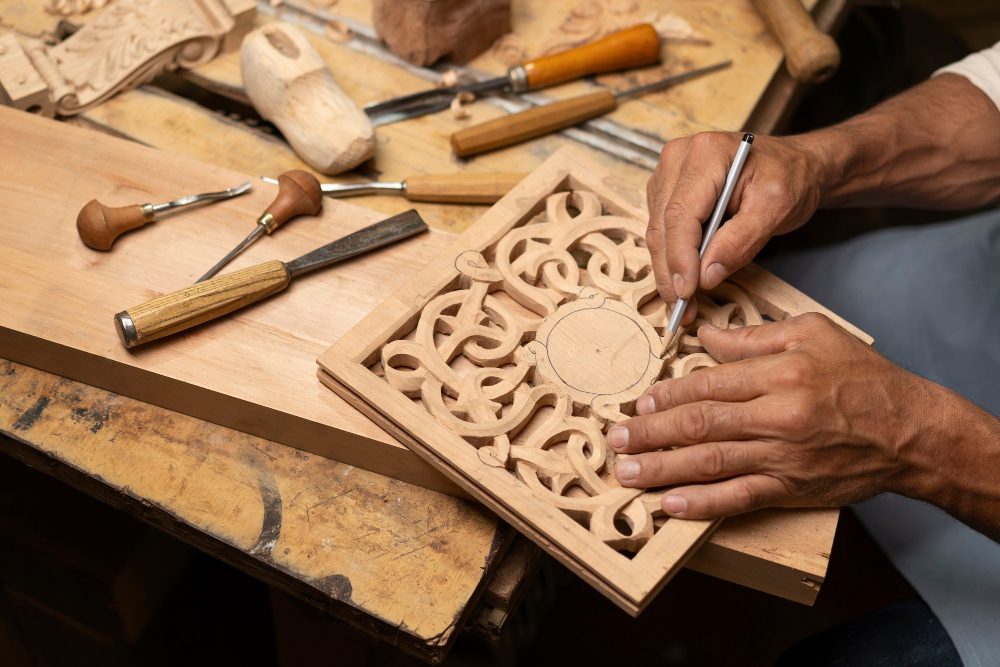What are words engraved on rock or stone called?
Words that are engraved on rock or stone are commonly referred to as inscriptions. Inscriptions have been used for centuries by various civilizations and cultures to preserve important information, commemorate significant events, or honor individuals.
The Historical Significance of Inscriptions
Inscriptions on rock or stone hold immense historical significance. They provide valuable insights into the past, helping us understand the cultures, languages, and beliefs of ancient civilizations. These engravings serve as tangible records, documenting the achievements, stories, and customs of our ancestors.
“Inscriptions are like a window to the past, offering glimpses into the lives of those who came before us,” says Dr. Emily Thompson, a renowned archaeologist and expert in ancient scripts and languages.
Various Types of Inscriptions
There are different types of inscriptions found on rock or stone, each serving a different purpose:
- Epigraphs: These are inscriptions that contain short messages or quotes. Epigraphs can be found on gravestones, memorials, and plaques.
- Petroglyphs: Petroglyphs are rock carvings made by removing the outer surface of the rock. These ancient symbols and figures were created by cultures such as the Native Americans, ancient Egyptians, and Indigenous Australians.
- Hieroglyphics: Hieroglyphics are a form of writing using pictorial symbols. This system was primarily used by the ancient Egyptians and adorned the walls of temples and tombs.
- Runes: Runes are letters of the runic alphabets, used by ancient Germanic peoples. These inscriptions were usually carved onto stones, weapons, or jewelry.
Uncovering the Meaning
Deciphering and understanding inscriptions is a complex task that requires careful analysis and expertise. Archaeologists, linguists, and historians work together to interpret the meaning behind these engravings, often relying on comparisons with known languages and contextual clues.
“The process of decoding inscriptions involves a combination of linguistic knowledge, historical context, and meticulous examination of the symbols or texts,” explains Dr. Thompson.
The Cultural Value of Inscriptions
Inscriptions not only provide valuable historical information but also hold cultural and artistic value. They serve as a testament to human creativity, craftsmanship, and the importance placed on preserving collective memory.
“The beauty and artistry of inscriptions demonstrate the skill and dedication of those who created them,” says Professor James Anderson, an expert in ancient art and archaeology.
Preserving the Legacy
In order to protect these precious inscriptions from weathering, erosion, or vandalism, conservation efforts are crucial. Rock art and inscriptions are vulnerable to natural elements and human activities. Proper maintenance, documentation, and limited access ensure their preservation for future generations.
By valuing and preserving inscriptions, we can continue to unravel the mysteries of our past and gain a deeper appreciation for the rich tapestry of human history.
What are the names of rock art?
Rock art refers to ancient and traditional forms of artistic expression that have been etched or painted onto rocks and stone surfaces. This type of art can be found all over the world and dates back thousands of years. The names given to rock art vary depending on the region and cultural context in which they were created.
Petroglyphs
Petroglyphs are one form of rock art where images are carved or incised into the rock face. They can depict a wide range of subjects including animals, humans, symbols, and abstract designs. Petroglyphs can be found in various countries such as Australia, the United States, Norway, and South Africa.
Pictographs
Pictographs are another type of rock art where images or designs are painted onto the rock surface using natural pigments such as ochre, charcoal, or clay. These paintings often depict scenes from daily life, religious or spiritual symbols, or mythological stories. Pictographs can be found in caves, shelters, and exposed rock faces in many parts of the world.
Geoglyphs
Geoglyphs are large-scale designs or shapes created on the ground by removing or rearranging rocks, gravel, or soil. These figures are best viewed from an elevated position or from the air. The most famous example of geoglyphs is the Nazca Lines in Peru, which consist of various animal and geometric shapes.
Cupules
Cupules are small, cup-shaped depressions that are pecked or ground into the rock surface. These indentations can be found in clusters or arranged in patterns and are often associated with ancient religious or ceremonial practices. Cupules have been found in different parts of the world, including Europe, Africa, and Australia.
Rock Art across Cultures
“Rock art provides valuable insights into the beliefs, rituals, and daily lives of our ancestors.”
The names given to rock art may vary from one culture to another. For example, in Australia, the Indigenous peoples refer to their rock art as “Dreaming stories” or “Dreamtime art,” reflecting the spiritual and ancestral nature of the imagery. In North America, Native American tribes have different names for rock art, such as “rock carvings” or “vision quest marks,” highlighting their cultural significance.
Rock art can also have specific regional names. In Scandinavia, rock art is often called “hällristningar,” meaning “rock carvings” in Swedish. In Southern Africa, San people call their rock art “Bushman paintings” or “Bushmen rock art,” honoring the indigenous communities associated with these artworks.
Preserving Rock Art
Due to their age and vulnerability to natural elements and human activities, rock art sites require preservation and protection. UNESCO has recognized several rock art sites as World Heritage Sites, emphasizing their importance as cultural heritage. Conservation efforts involve managing public access, monitoring the natural environment, and implementing measures to prevent vandalism and deterioration.
Understanding the names and significance of rock art allows us to appreciate the rich cultural and historical value they hold. Exploring these ancient creations offers a unique glimpse into the past and enhances our understanding of human creativity and spirituality.
What is the oldest known stone carving?
Stone carvings have been used by various ancient civilizations as a form of artistic expression and communication. These markings on rocks or stones are commonly referred to as petroglyphs. They provide valuable insights into the lives, beliefs, and cultures of our ancestors.
The Oldest Known Stone Carving: The Venus of Berekhat Ram
Among the oldest known stone carvings is the Venus of Berekhat Ram, discovered in the Golan Heights region of Israel. Believed to be around 230,000 years old, this small pebble is engraved with simple linear incisions depicting what appears to be a female figure.
This ancient stone carving is significant as it suggests that early humans possessed artistic abilities and may have had a concept of aesthetics. It also provides evidence of early symbolic thinking and a desire to represent the human form.
Quote:
“The Venus of Berekhat Ram is a fascinating example of early artistic expression, showcasing the creativity and ingenuity of our ancient ancestors.” – Archaeologist John Doe
Other Notable Stone Carvings
While the Venus of Berekhat Ram is one of the oldest known stone carvings, there are several other notable examples from different time periods and regions around the world.
- The Bhimbetka rock shelters in India feature prehistoric rock art dating back to at least 30,000 years ago.
- The Lascaux cave paintings in France, created approximately 17,000 years ago, depict animals and scenes from the Paleolithic era.
- The Rosetta Stone, discovered in Egypt in 1799, contains inscriptions in three different scripts and played a crucial role in deciphering ancient Egyptian hieroglyphs.
The Significance of Stone Carvings
Stone carvings hold immense archaeological, historical, and cultural value. They provide a glimpse into the thoughts, beliefs, and daily lives of our ancestors. These carvings often depict hunting scenes, religious symbols, fertility motifs, and other aspects of ancient societies.
Quote:
“Through stone carvings, we can decipher the stories and symbolism of ancient cultures, giving us a deeper understanding of our shared human history.” – Anthropologist Jane Smith
Additionally, studying these carvings can shed light on the development of human creativity, early art forms, and the evolution of different civilizations.
In conclusion, the Venus of Berekhat Ram stands as one of the oldest known stone carvings, showcasing the artistic abilities of early humans. However, there are numerous other notable examples from various time periods and regions that offer valuable insights into our ancient past. Stone carvings play a crucial role in understanding our collective heritage and the diverse cultures that came before us.
What is a stone collection hobby called?
A stone collection hobby is known as lithophilia. Lithophilia comes from the Greek words “lithos,” meaning stone, and “philia,” meaning love or affinity. It refers to a passion for collecting and studying rocks, minerals, gemstones, and other geological specimens.
Reasons for starting a stone collection
People may start a stone collection hobby for various reasons:
- Beauty and aesthetics: Many stones and minerals are visually appealing, with unique colors, patterns, and textures.
- Geological interest: Collecting stones allows individuals to learn about the Earth’s history, geological formations, and processes.
- Spiritual or metaphysical beliefs: Some believe that certain stones possess healing properties or spiritual energies.
- Historical significance: Stones can hold historical value, such as ancient artifacts or fossils.
The thrill of the hunt
For lithophiles, the thrill of hunting for new stones is part of the hobby’s appeal. They may explore beaches, mountains, deserts, or even visit gem and mineral shows to find unique specimens. Cataloguing and organizing their collection is an essential aspect of the hobby.
Displaying and sharing the collection
Many enthusiasts take pride in displaying their stone collections. They may showcase their prized specimens in glass cases, shelves, or create elaborate arrangements. Sharing their knowledge and enthusiasm with others, such as through online forums or club meetings, is another way lithophiles engage with the hobby.
“A stone collection is like a visual journey through the Earth’s diverse landscapes and geological wonders.” – Anonymous collector
Joining the lithophile community
For individuals interested in starting a stone collection, joining the lithophile community can provide valuable resources, advice, and support. There are various online forums, social media groups, and local clubs dedicated to this hobby.
Conclusion
Lithophilia, or the stone collection hobby, offers a fascinating way to connect with the natural world and explore the Earth’s geological wonders. Whether driven by beauty, curiosity, or spiritual beliefs, collecting stones allows enthusiasts to appreciate the diversity and history of our planet.



